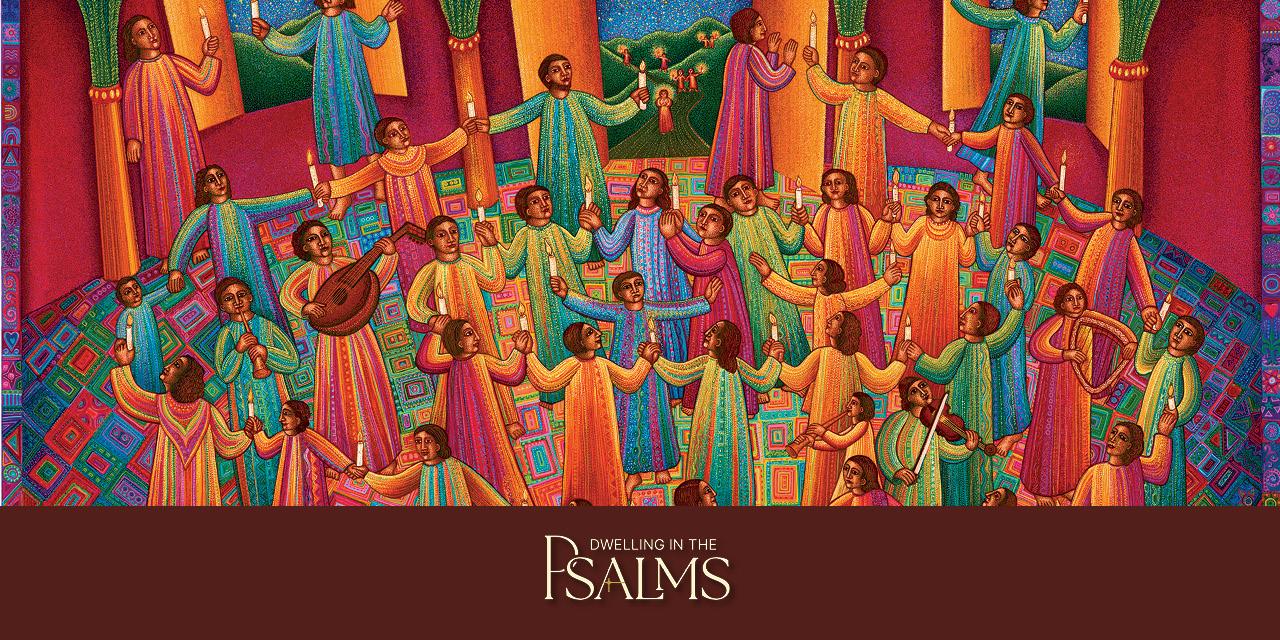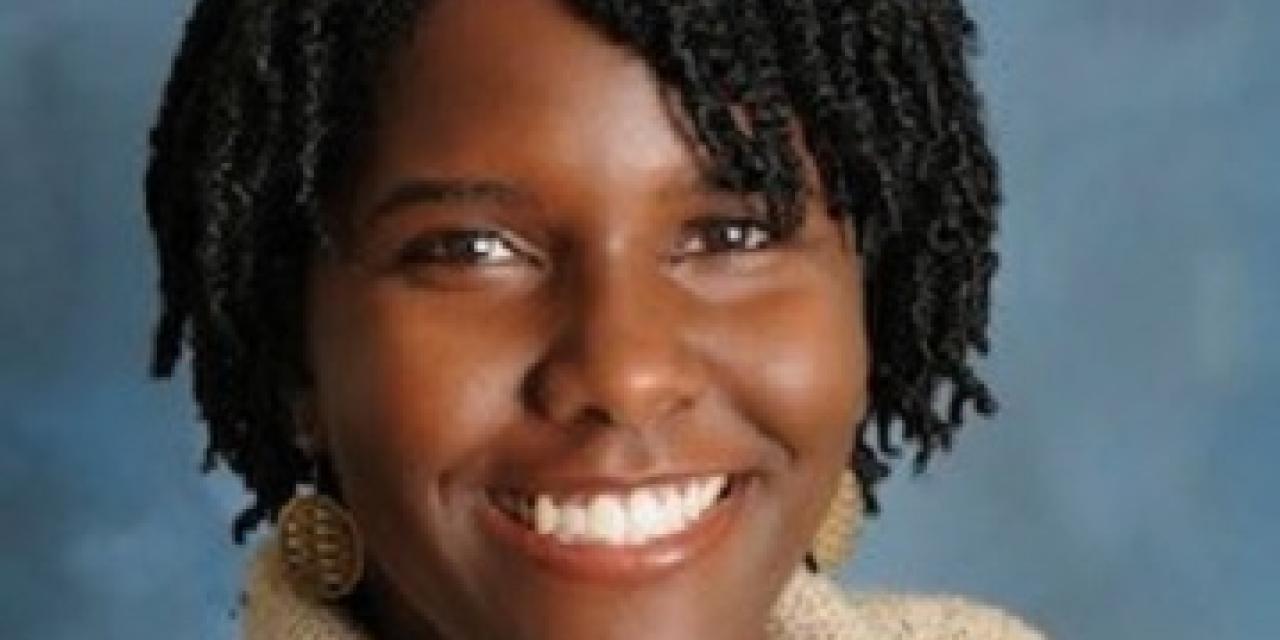Birgitta Johnson teaches world music, African American music, African music, and ethnomusicology at the University of South Carolina in Columbia, South Carolina. She served on the nine-member core committee for the new One Lord, One Faith, One Baptism: An African American Ecumenical Hymnal. In this edited conversation, she talks about how the hymnal reflects the past, present, and future of black Christian worship and music.
How is this new hymnal different from the African American Heritage Hymnal published in 2001?
Both hymnals are published by GIA Publications. However, in One Lord, One Faith, One Baptism (1LFB), people will see an even wider representation of African American denominational traditions. It also has more recent songs from genres including hymns, certainly, but also contemporary gospel and praise and worship music. The African American Heritage Hymnal (AAHH) has been a key resource that has been useful in a variety of church settings. For 1LFB, the core committee represented even more black Protestant traditions in the United States, as well as music from the Caribbean and Africa to represent the diversity of black Protestant worship today. It’s more broadly ecumenical than the AAHH.
What was your process for making the new hymnal so ecumenical?
Over the course of two years, our nine-member core committee met three times for two or three days at a time with James Abbington, our chair and executive editor, and Robert J. Batastini, our project director and GIA senior editor emeritus. We also consulted with scores of colleagues, denominational leaders, educators, and music/worship directors.
Our work was twofold. Before we met, we received packets that included hundreds of songs to review. When we all gathered in Chicago for the first meeting, our job was to select the most crucial songs to maintain in a project of this magnitude. At each meeting, the core committee literally sang through several hundred songs, using older hymnals, sheet music, and an upright piano. We rated each song, and each song needed a minimum average score to make the cut. For our second meeting, we sang and rated songs that people had proposed as specific to their tradition and also music that could be a guide for music ministers who seek options in planning their liturgical calendars. At our last meeting, we gave suggestions to Dr. Abbington and Mr. Batastini about how to organize the hymnal and make it user-friendly for church music ministry leaders and laypeople.
How did your core committee members represent black music traditions from beyond historically black denominations?
The committee included representatives from worship arts leaders from the African Methodist Episcopal (AME) Church, the AME Zion Church, the Disciples of Christ, the Church of God in Christ, the Seventh-day Adventists, the National Baptist Convention, and the United Church of Christ. The committee also included two scholars—liturgical scholar and theologian Rev. Lisa M. Weaver and myself, an ethnomusicologist. This is probably the most denominationally and culturally diverse hymnal committee assembled in recent history. For example, committee member Bryan Johnson has family roots in Jamaica and Barbados, and he is executive director of sacred music at Trinity United Church of Christ (UCC) in Chicago, Illinois. Trinity is the largest congregation in the UCC.
A native of Trinidad and Tobago, core committee member Jason Max Ferdinand is a professor at Oakwood University in Huntsville, Alabama. It’s a historically black Seventh Day Adventist university. He directs the Aeolians, an internationally famous university choir with a repertoire of a cappella music ranging from the Baroque era to this century. Almost a third of Seventh Day Adventist Church members in the U.S. are black, so it was very powerful to include their musical heritage in 1LFB.
Can you give examples of genres not represented in past African American hymnals?
Praise and worship songs, contemporary gospel songs, and modern hymns can be found in One Lord, One Faith, One Baptism. Many hymnals don’t have much space for modern music and songs, but our 1LFB committee agreed that these newer congregational songs and genres are important in today’s churches and should be represented. And contrary to some current trends, some contemporary gospel songs and praise and worship songs work well in congregational settings. Also, some contemporary gospel songs have become so popular in black churches over the last two decades that they can be considered traditional church music in some communities. Songs such as “Bless the Lord” by Andrea Crouch and Judith Christie McAllister’s “Oh, Give Thanks unto the Lord” are today’s “standards” in many black Protestant churches.
The new hymnal ends with sixty pieces described as “Service Music.” What is that—and is it part of African American musical tradition?
Service music sets specific ritual or worship elements to music. It’s common in liturgical traditions such as Catholic, Episcopal, Methodist, and Lutheran church worship. Service music supports the portions of the church service that support rituals or practices that may combine singing, recitation of Scripture and other religious rites. Examples include responsorial chants or songs, the recitation or singing of the Lord’s Prayer, Apostles’ Creed, Gloria Patri, psalms, responses in Holy Communion prayers, the Holy Mass, and more.
In some African American denominations like the AME Church and AMEZ Church, service music developed as church services were modeled after their roots in late 18th- and 19th-century American Methodist church contexts. They still publish an Order of Service in their denominational hymnals till this day. Their most recent hymnal editions include service music that supports church worship, communion, and special calendar year observations. You can also find service music in some black Baptist hymnals.
Another unique feature is that 1LFB includes service music and songs common among African American Christians in historically or predominantly white denominations. Service music commonly used in the Episcopal or the Seventh-day Adventist churches is also represented because of the contributions of core committee members Carl MaultsBy and Jason Max Ferdinand. Both are active composers as well as ministry leaders. We also included two service music pieces by Rawn Harbor, an African American Catholic composer.
Were there any surprises as the committee chose songs?
Some songs were immediate shoo-ins. Richard Smallwood has many popular gospel songs that appear only rarely (or never) in denominational hymnals. I’m glad we included songs of his such as “I Love the Lord, He Heard My Cry” and “Jesus, You’re the Center of My Joy.”
Other songs surprised us. We first sang Damian D. Price’s song “He’s So Freely Passing Out Blessings” from a source book that didn’t include tempo markings. Then I remembered recording it years earlier during a gospel music archiving project at Heritage Music Foundation, founded by Margaret Pleasant Douroux in Los Angeles. I recounted to the committee how Damian taught the song and how Dr. Douroux directed the workshop to sing it. We sang it slower and with dynamics, and they agreed that is a great song for prayer and meditation.
Did you have any favorites that didn’t make it into One Lord, One Faith, One Baptism?
I wish that “I Need You to Survive” had made it. It’s by Hezekiah Walker, a gospel music artist and pastor of Love Fellowship Tabernacle in Brooklyn, New York. He wrote it after 9/11, and it became very popular in black churches as a benediction song at the end of worship services. It has a simple melody and simple lyrics but is a profound song. Over the years, I started hearing it at ecumenical and interfaith gatherings. I even heard it at a community memorial service after a mass shooting. People often hold hands when they sing it, like when we sing “Kumbayah” or “We Shall Overcome.”
In an recent article published in Liturgy, I recount how the song was used in 2003 at a joint worship service of the Faithful Central Bible Church, a predominantly black church, and Bel Air Presbyterian Church, a mainly white church in Los Angeles. The second verse says, “I pray for you, you pray for me. I love you, I need you to survive. I won’t harm you with words from my mouth. I love you, I need you to survive.”
LEARN MORE
Register for the 2019 Calvin Symposium on Worship to receive a free copy of One Lord, One Faith, One Baptism: an African American Ecumenical Hymnal—and to hear from and speak with the scholars most directly involved in creating the hymnal. Read Eileen Southern’s classic essay “Hymnals of the Black Church.” Browse titles in Lead Me, Guide Me: the African American Catholic Hymnal, 2nd ed.
African Americans have a long history in the Episcopal Church. In 1804, Absalom Jones became the first African American ordained as an Episcopal priest in the United States.

